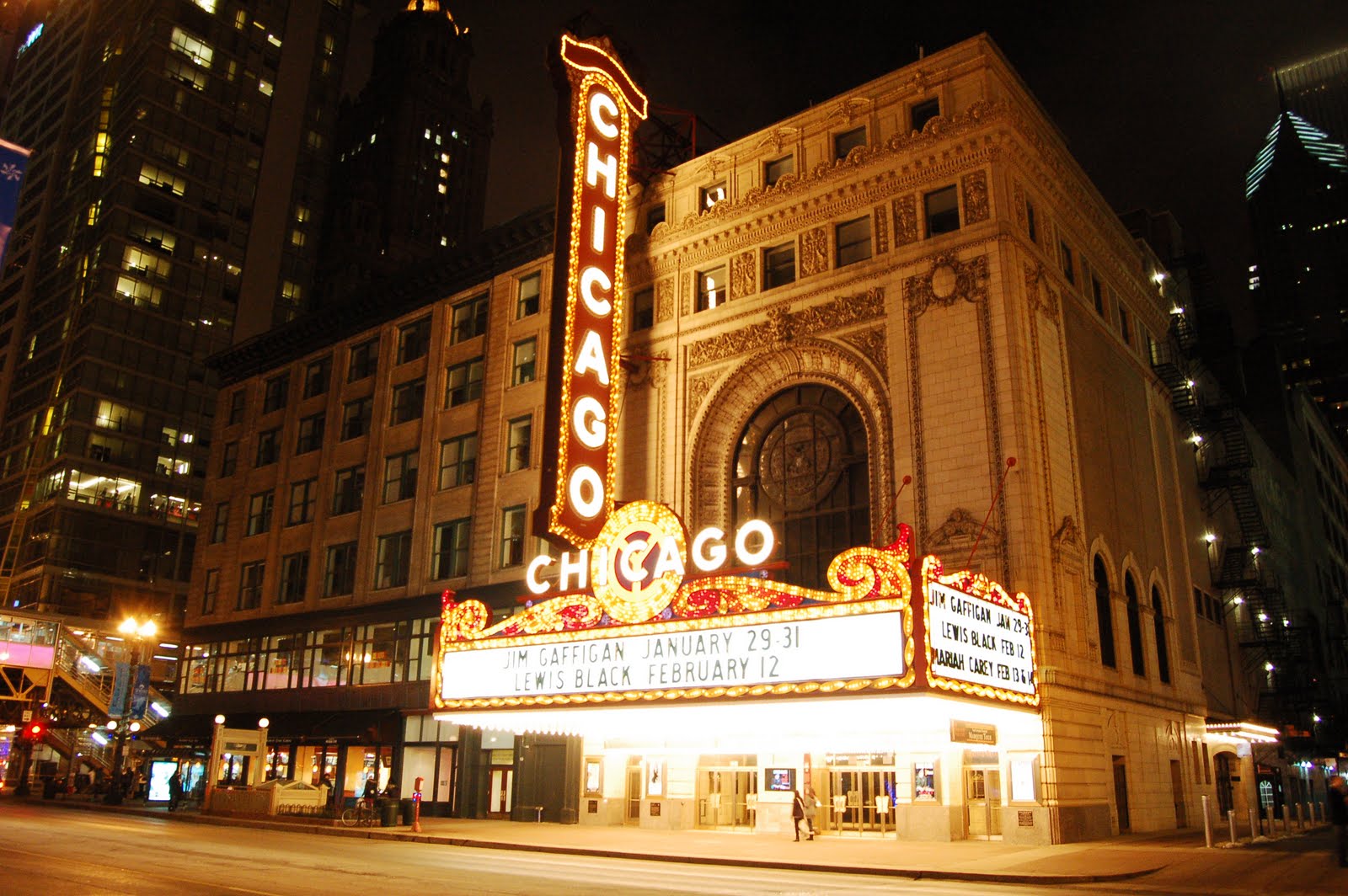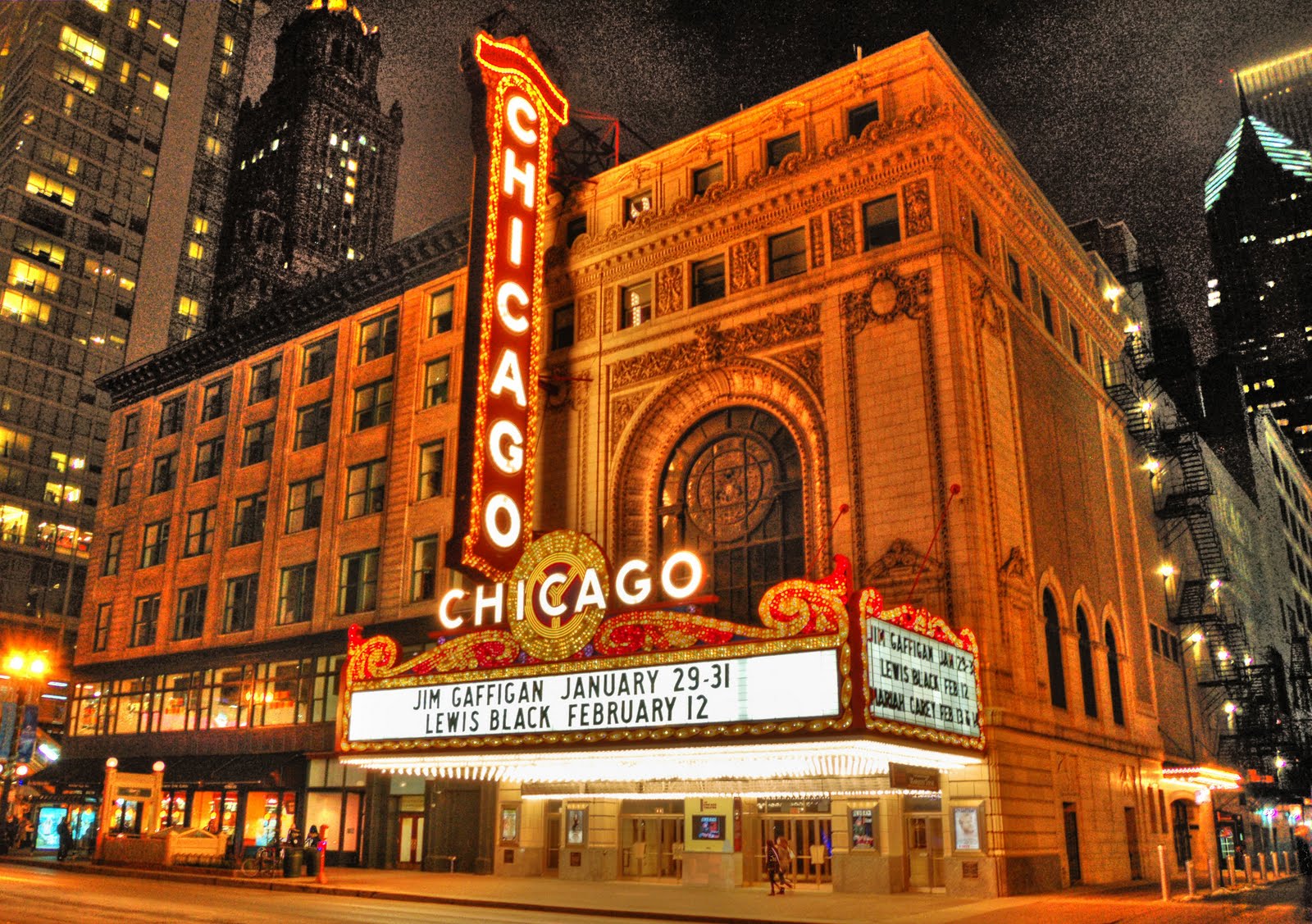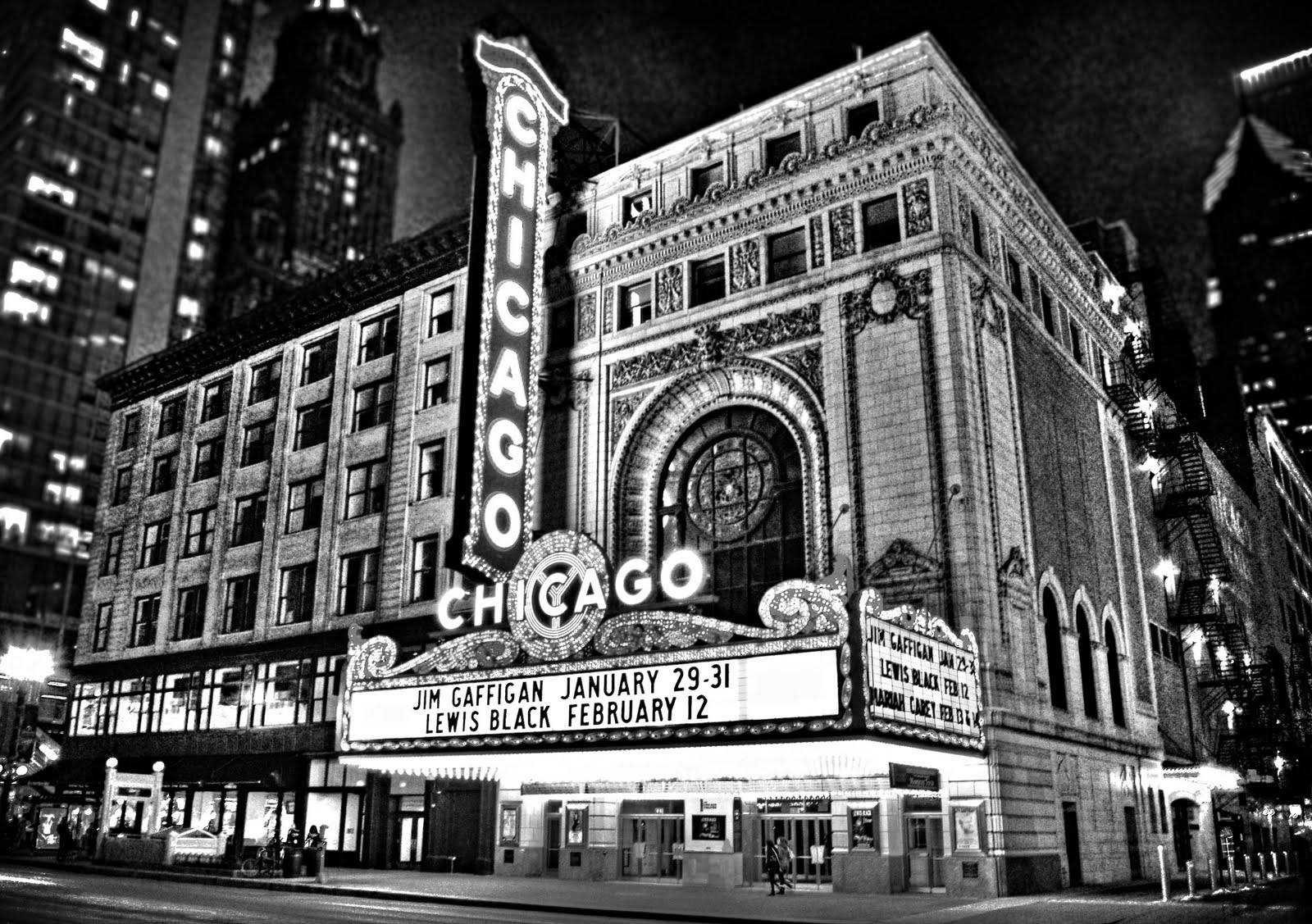Posts in Category: Tutorial
Q: Fisheye & Zoom
Due to the fact that I have a photography blog, and my friends know that I like talking about cameras and the like, I tend to get related questions every once in a while. I’ll always answer them directly, and sometimes ask if it’s okay if I post their question and the associated answer on my blog. The following two questions were posed by my two friends Taleah and Nick regarding the next lens purchase they should make.
Taleah’s question: “What if i got this lense? [sp]” After this basic question that everyone asks at some point, she posted a link to the following lens on Amazon (click picture).
Answer: Taleah, why do you want a fisheye?
I needed to answer her question with a question. Similar to the analysis of a crime, i had to determine the motive behind Taleah’s interest in a fisheye lens. As I suspected, Taleah was enchanted by the impressive shots that one can capture with a fisheye.
Due to the shape of their glass components, fisheye lenses “bend” the light that enters the lens and capture a much wider perspective than other types of lenses. You’ll get a better idea from the pictures below. Now, don’t get me wrong. I am a fan of (well-done) fisheye photography for its artistic quality, the fact that you can capture a lot of shot in one click of the shutter, and its distorted/unique viewpoint. But keep reading…
| Buzzing Like Neon |
| Autumn at Graceland Cemetary |
While these images create a “wow” factor, this style of photography has little use in every day picture-taking, which is what I explained to Taleah. They are “one-trick-pony” lenses. Many people see these photographs and think, “I need a fisheye lens because it’s so cool!” Just like many people see HDR photography and think, “I need to learn how to do that!” (I may or may not have gotten reeled into that second example.) At some point, if you really want to take these types of pictures, then by all means, buy a fisheye lens. But for the money, you’re better off buying a more versatile lens, especially at the beginning of your collection.
In the end, I suggested that Taleah buy a prime lens with a small “f-stop” value instead of a fisheye. Specifically, i suggested purchasing the Nikon 35mm f/1.8, which is a lens that I own. It is a sharp, fast lens that produces great low-light images in the same price range as that fisheye. In my opinion, well composed photographs with good depth of field are worth more than a “cool” fisheye lens.
Side note: at the wedding I photographed this summer, I rented a Nikon 70-200mm f/2.8 VR II lens for the weekend. It is a great lens. I want one. Unfortunately, it costs over $2,000; otherwise, I would definitely recommend that lens to everyone.
Dynamic Theater
Let me know your thoughts, opinions, compliments, and critiques by posting a comment below. I actually have another series lined up from the same night on which I took the above photograph(s). Keep an eye out for that in the near future. Next up, though, will either be a basic photography tutorial or possibly an answer to a question posed to me by a friend. Thanks for reading!




